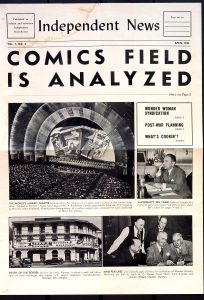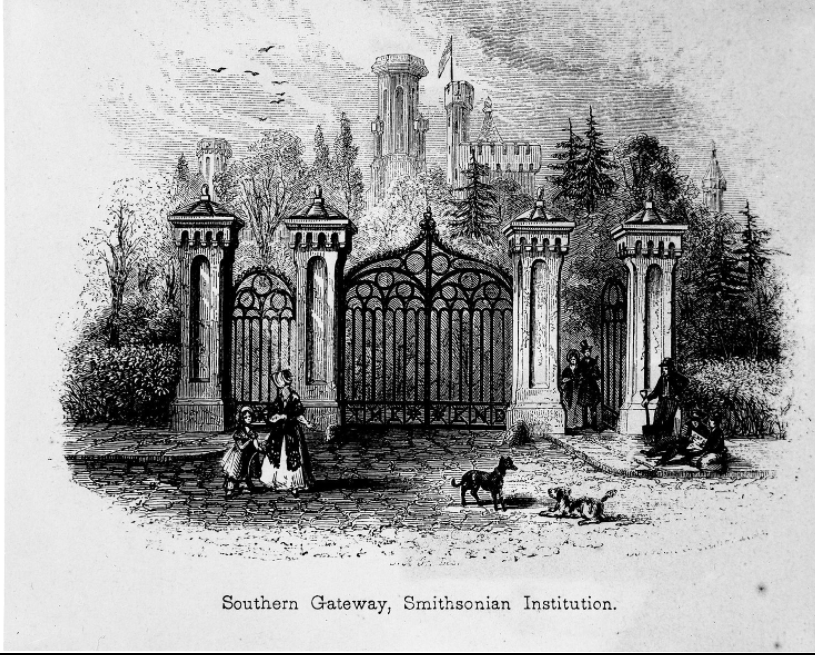February 14th, 2018 marks the 200th birthday (observed) of Frederick Douglass. Interested in contributing to his legacy? Join the Transcribe-a-thon organized by Colored Conventions and the Smithsonian Transcription Center. Autobiographies more »
Tag: Dibner Library
Along with time, humankind invariably changes the landscape. The geography and a series of events and errors that occurred in Halifax, Nova Scotia, on December 6th, 1917, contributed to the most catastrophic and dramatic man-made violence to a surrounding area and its inhabitants before the Atomic Age. In the annals of disasters of the 20th century, including the Great War, the explosion that occurred at the Canadian harbor was particularly horrifying and cruel. It was if the battles of the Western Front had crossed the Atlantic in a flash and ruined the bustling, prosperous seaport.
Beautifully produced but small, the cookbook Home at the Range with George Rector packs a lot of material culture in its 140 pages. Anything but stuffy, this culinary artifact more »
Morgan E. Aronson and Julia Blakely co-authored this piece. James M. Goode, former Keeper of the Smithsonian Institution Building (affectionately known as “The Castle”) received this year the Individual more »

Amid the manuscripts, incunabula and early modern texts at the Dibner Library of the History of Science and Technology are two bright blue binders that don’t seem to quite fit, in every sense of the word. Too big for the shelf and too 20th century for the Dibner, don’t judge these books by their covers! In honor of National Comic Book Day we would like to highlight two of the Dibner’s most popular holdings—William Moulton Marston’s letters and scripts for the original Wonder Woman comic book series.
“George Sarton, a founder of the history of science as an academic discipline, argued that scholars should pay close attention to portraits. These images, he said, can give you ‘the whole man at once.’ With a ‘great portrait,’ Sarton believed, ‘you are given immediately some fundamental knowledge of him, which even the longest descriptions and discussions would fail to evoke.’ Sarton’s ideas led Bern Dibner to purchase portrait prints of men and women of science and technology. Many of these are now in the Smithsonian’s Dibner Library of the History of Science and Technology.” – Deborah Jean Warner, Curator, Physical Sciences Collection
A picture may tell 1000 words, but another 500 for context can add depth to the image. Follow this blog series to discover the people behind the portraits available online in the Scientific Identity collection.

Brewing and seafaring are mainstays of ancient human endeavors. Beer was first fermented by at least the 5th millennium BC in Mesopotamia. From the land between the Tigris and Euphrates Rivers of the Fertile Crescent, the grain beverage either traveled along trade routes or was spontaneously developed in other ancient civilizations (including Egyptian, Grecian, Roman, Norse, Aztec, Chinese) before landing in northern Europe in the early medieval period. Producing beer became a standard domestic chore in households, and later, on a slightly larger scale, in taverns and monasteries.






